If you have ever wondered at the quaint flavour array in drinks with Tonic water, you may be interested to know that the drink in your hand started off as a medicine.
The unique tastes and flavour in tonic water come from the bitter alkaloids found in Quinine
Less than a century ago, quinine was a household word, though most of us are not familiar with it today. Since the 15th century, European explorers have been making their way through deserts, mountains and jungles in regions across the globe. Among the many hardships of the age of exploration was the constant threat of Malaria. Also, some of the contingency plans of these less than qualified medicine men were less than effective.
Then, one day high in the Andes mountains, according to popular legend. An Indian of the South American jungles was racked with a burning fever and stopped by a secluded pool of water in the jungle for a drink. The water in the pond was affected by a Cinchona tree that had fallen many months ago. The fever-ridden Indian rested by this pond for no more than a day, drinking of the water and soon the fever was cured.
Regardless of the veracity of this anecdote, the new cure for a racking fever spread across the Spanish Empire like wildfire. Soon every explorer from Peru to Bombay was scared sick to head out into the mosquito-ridden territories of Asia, Africa and South America without a supply of Quinine. The first recorded application of Quinine to address malaria was dated 1630 and performed in Peru.
Quinine was an important medicinal crop until the 1920s when new and improved medications were found that presented fewer side effects.
That there show 300 years of quinine playing an important role in overseas health plans. But, how did it get into the drinks we see today. To answer this question, we travel to India in 1825 during the age of British dominance in the subcontinent. The British soldier’s life was not one of comforts and amenities and staving off disease and plague was done with the ferocity of fighting back “hottentots”.
The British Officers serving in the Indian Division began to look for ways of making the bitter quinine medicine a bit more palatable. So, they added soda water, gin and bit of sugar and practised enjoying this drink, the Gin and Tonic, in the evening over laughs. Their subordinates would take the medicine with a stiff upper lip at dawn– straight up.
The drink and the practice of making good of a bad situation became a hallmark quality of a British officer and the gin and tonic became the Spirit of the British Empire.
Today, we have plenty of advanced medicines that have made quinine redundant as a malaria treatment. That doesn’t mean it is gone from our lives. Actually, you will ingest about 20 mg of Quinine in each glass of Tonic you drink. This can make some people antsy, as there have been fatalities from an overdose of Quinine, nevertheless, the quantities in a glass of tonic are too small to cause any serious damage.

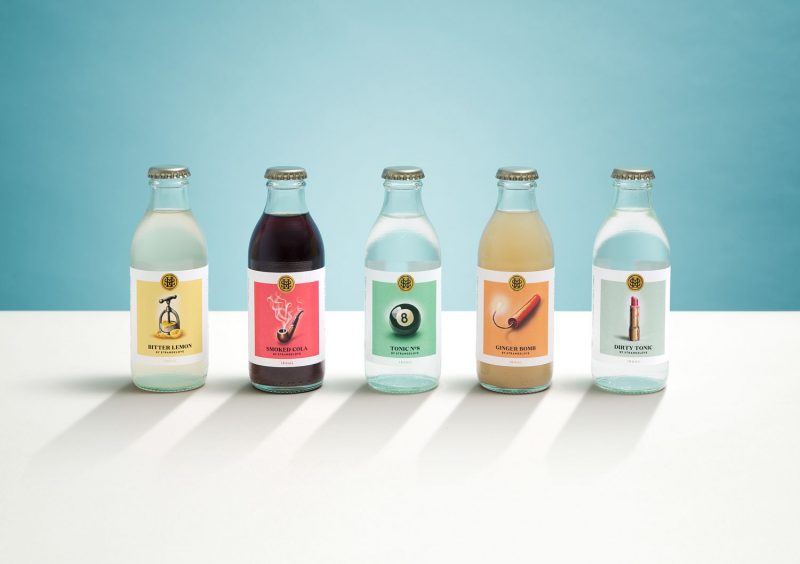
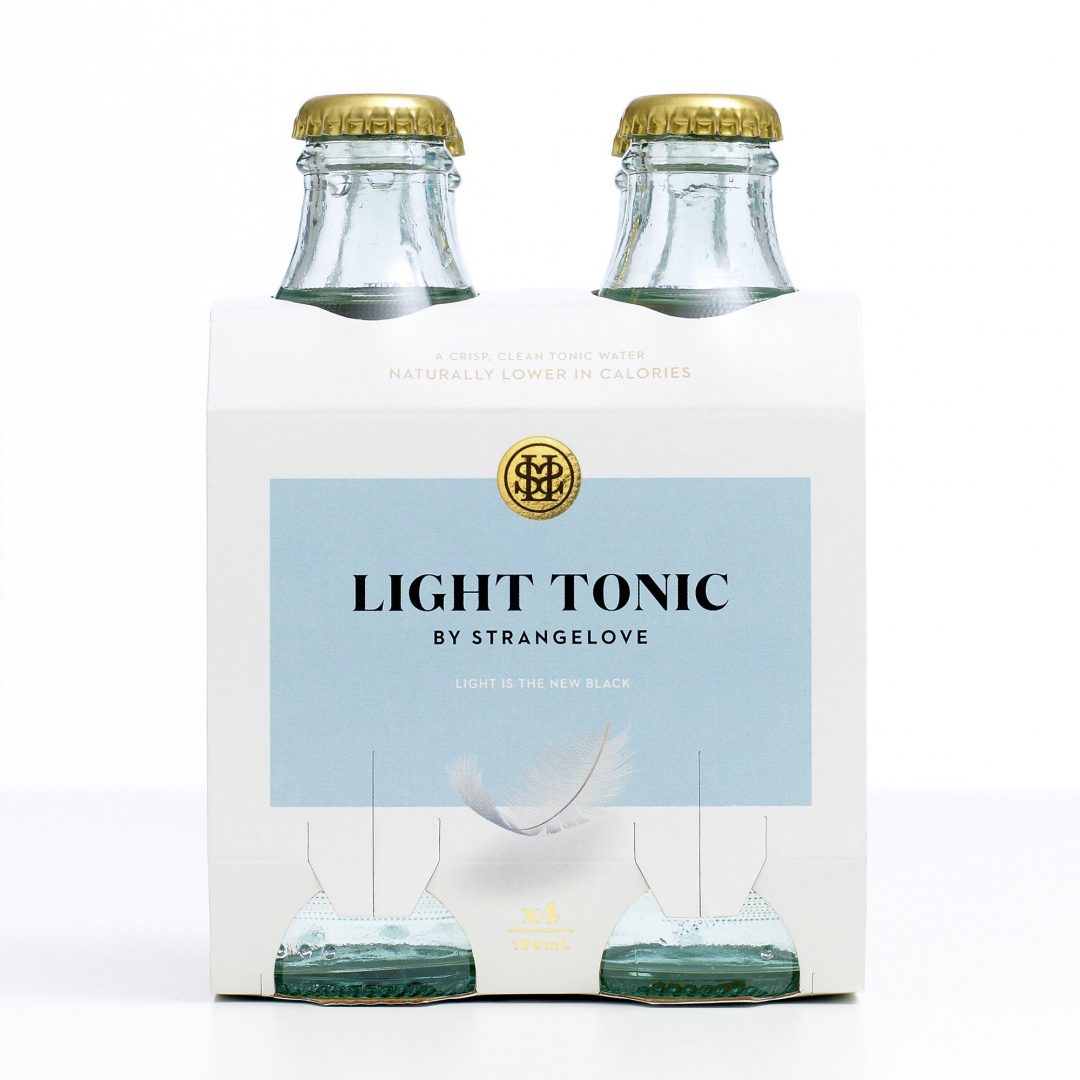

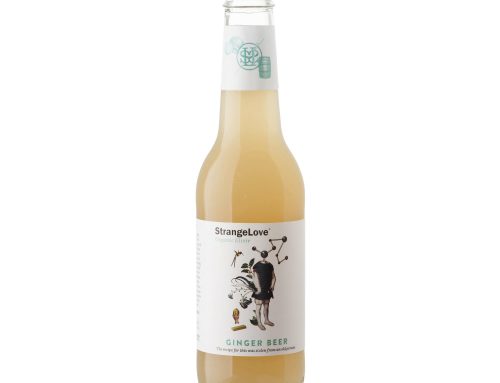
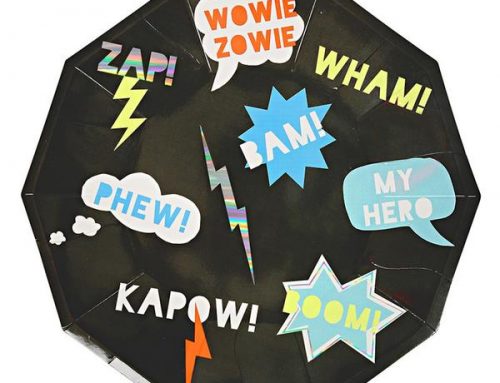

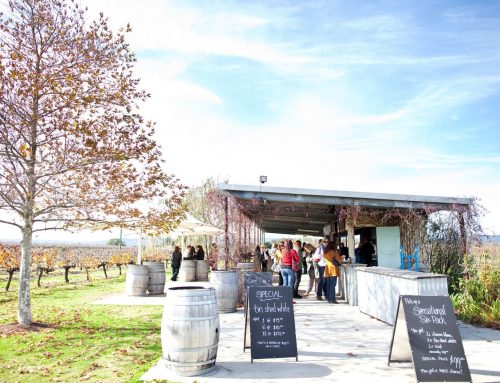
Leave A Comment